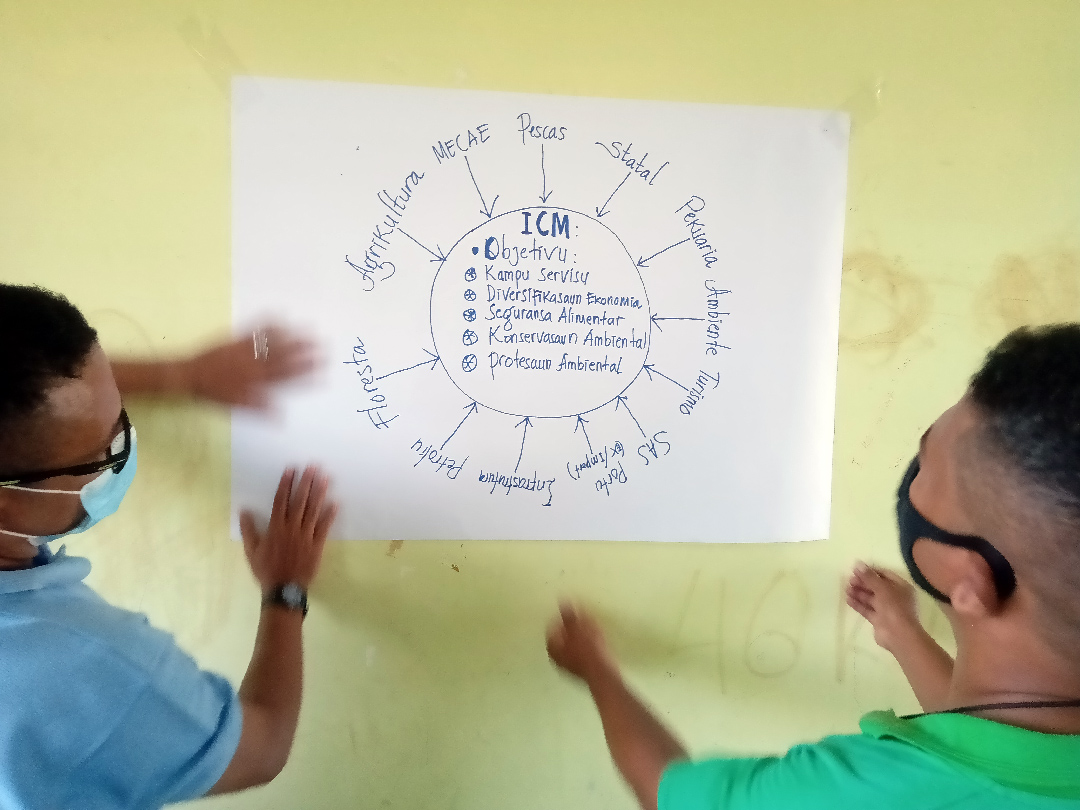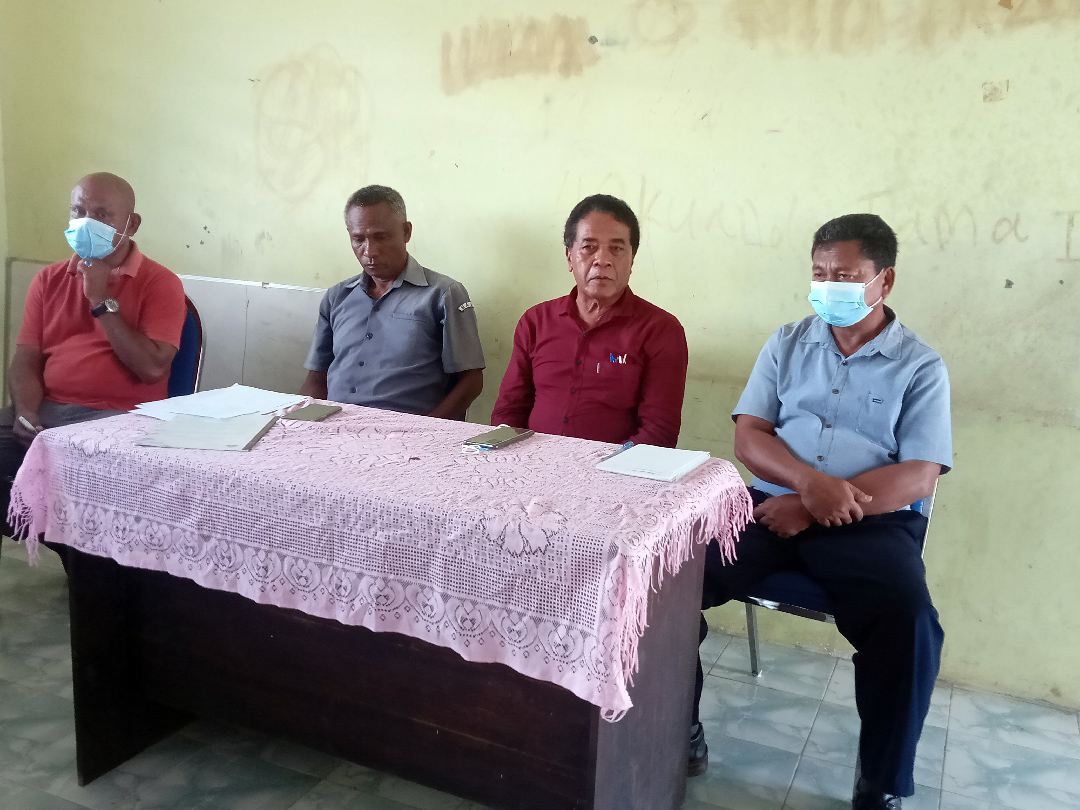
Healthy coastal environment is vital for lives and livelihoods. However, the rampant economic exploitation, marine pollution, and climate change impact remain unsettled tasks to be resolved. These multivariate threats to coastal habitats and ecosystems require integrated management as the key to sustainable development.
Integration and coordination of various coastal and marine management efforts is the primary objective of the integrated coastal management (ICM) approach. ICM addresses human activities’ governance affecting the sustainable use of goods and services generated by coastal and marine ecosystems. ATSEA-2 Project supports ICM planning and implementation at sites located in Indonesia and Timor-Leste to leverage structured and sustainable stakeholder buy-in concerning development and conservation priorities.
In Timor-Leste, the project supports climate change adaptation in at-risk coastal villages in Barique Posto Administrativo. Specific adaptation measures envisaged through consultation made in the project preparation phase include preservation and rehabilitation of mangrove forests and other vegetation to strengthen climate-resilient ecosystems. Integrated coastal management (ICM) will be implemented in Barique to address priority issues in a coordinated manner among concerned stakeholders and support livelihood and socio-economic improvement to promote sustainable use conservation of local coastal and marine resources.
On February 22 – 24, The Directorate of Fisheries and Aquaculture conducted a preliminary field consultation in Umaboku Village, Postu Barique, Municipality Manatuto, to discuss with the local coastal community and leaders in the development of ICM plans. This team also works with the local authority and key government agencies through mini-workshop, transect walk, and focus group meetings. Through this consultancy, the team collected baseline information and inputs to prepare; (1) pollution prevention and control plans for local communities, (2) awareness campaigns on pollution management, (3) training to local authorities and relevant community groups, including (4) training on oil spill preparedness and response for stakeholders in the south coast of Timor Leste.
From the survey, it came to attention that most of the community were not aware of the impacts of marine pollution on their health and livelihoods, let alone responding to address the sources. Eco-tourism, fisheries management plan, marine pollution and environment, climate change adaptation and mitigation measures will be included in the ICM framework to respond to all different developments and complexities on the coastal areas.

In the closing remarks, Mr. Acacio Guterres, Director General of Fishery, Aquaculture and Marine Resources, asserted, “UNDP is working with fisheries to design an ICM plan of action soon and will consult to local people. This is an initial meeting to collect data for the preparation of the ICM plan of action. The plan of action will come up with some tools (monitoring and evaluation tools) that can be used to measure the progress of the ICM implementation and its challenges regularly.”
ICM has been demonstrated by ATSEA-2 Project to be an effective, multi-stakeholder approach with the overall objective of improving ATS ecosystems’ status through improved management of fisheries and other coastal resources for livelihoods, nutrition, and ecosystem health, and implementation of ICM plans. Local communities will be the direct beneficiaries associated with implementing ICM plans and other integrated approaches, including the introduction of alternative livelihoods. Local government units will benefit through capacity building opportunities for their spatial planning and socio-economic development functions to achieve a scaleable framework that promotes participatory and sustainable development.
(Almerindo Oliveira Da Silva)


